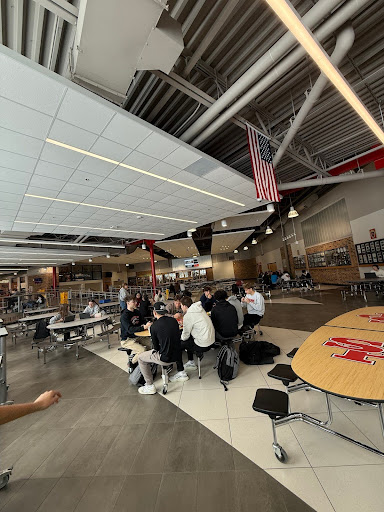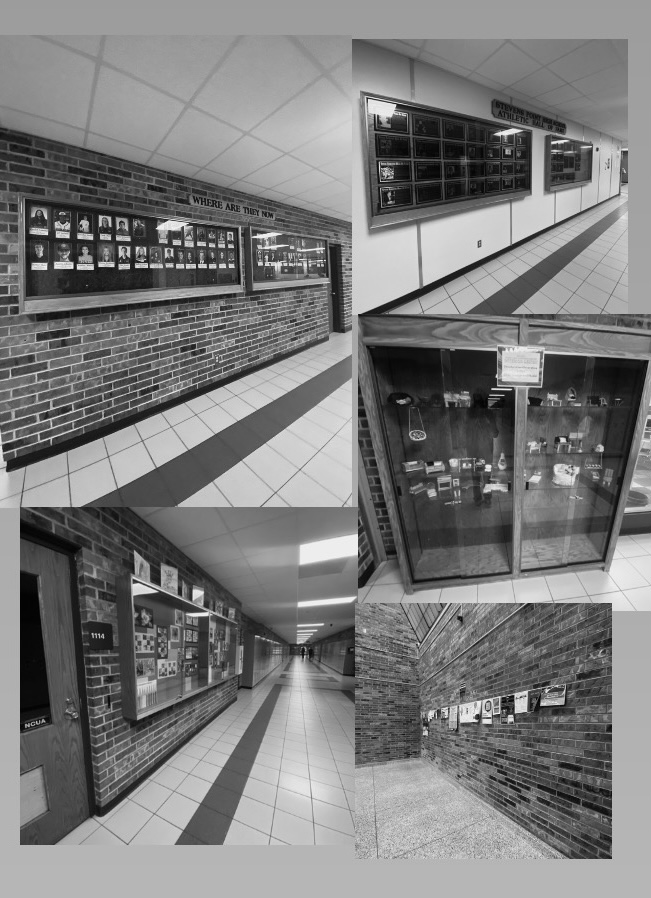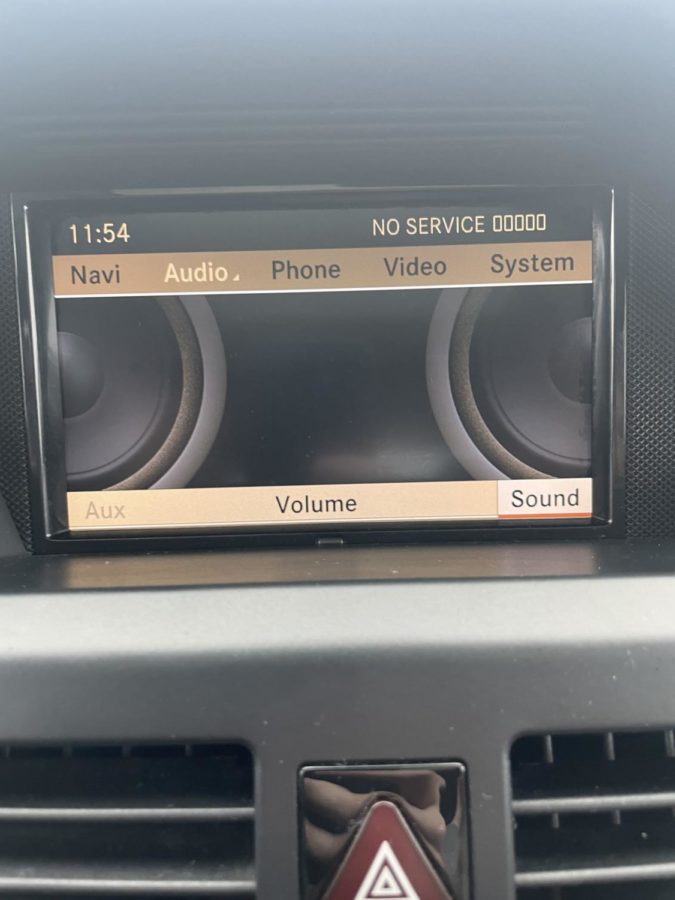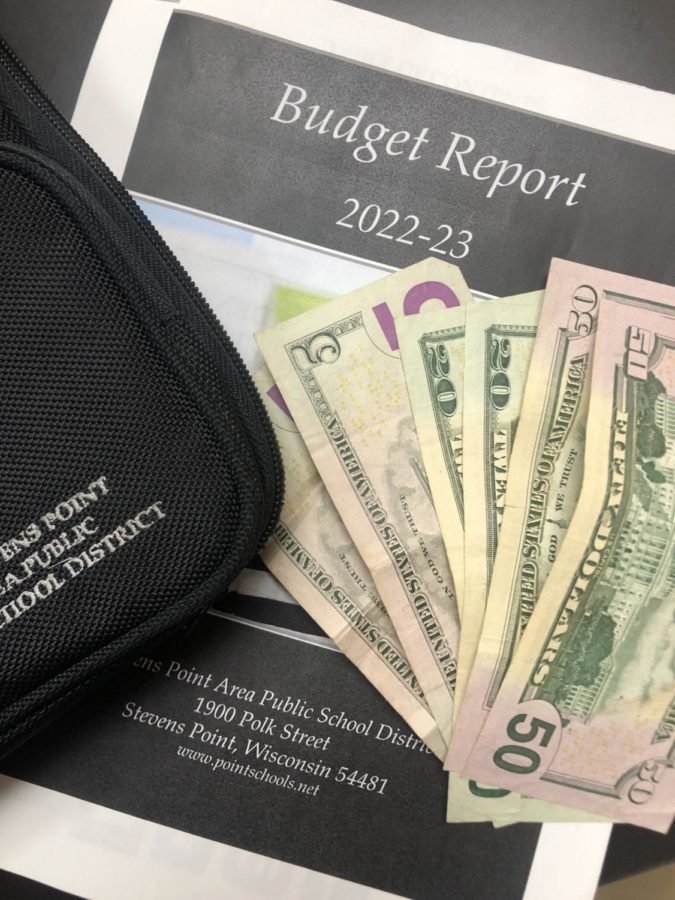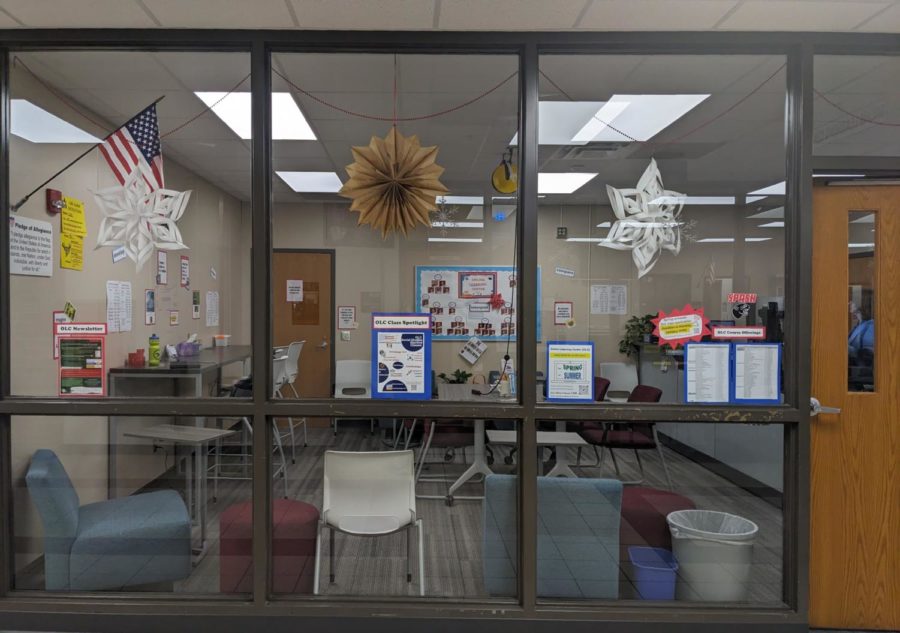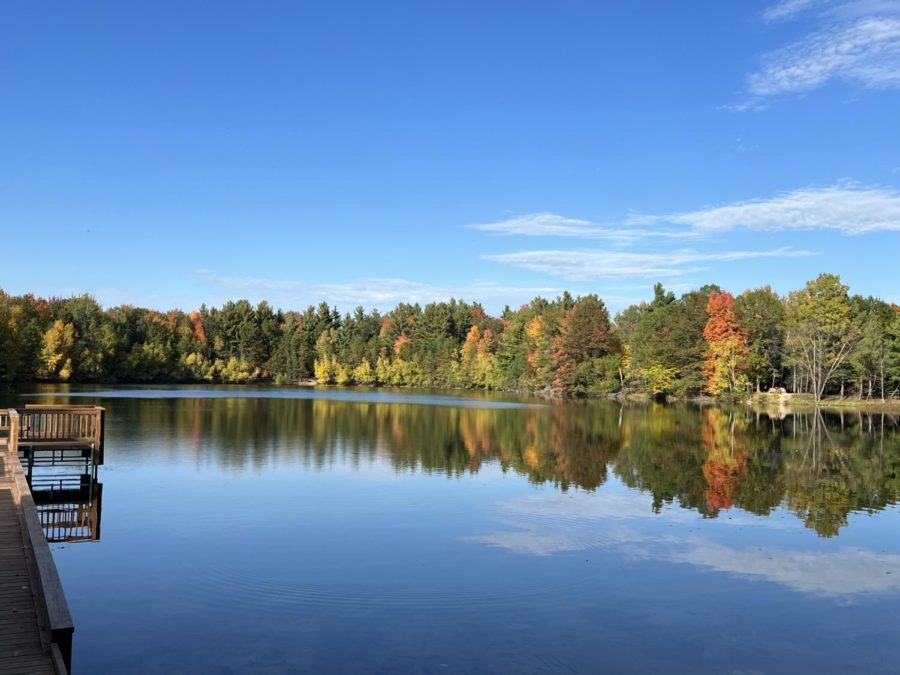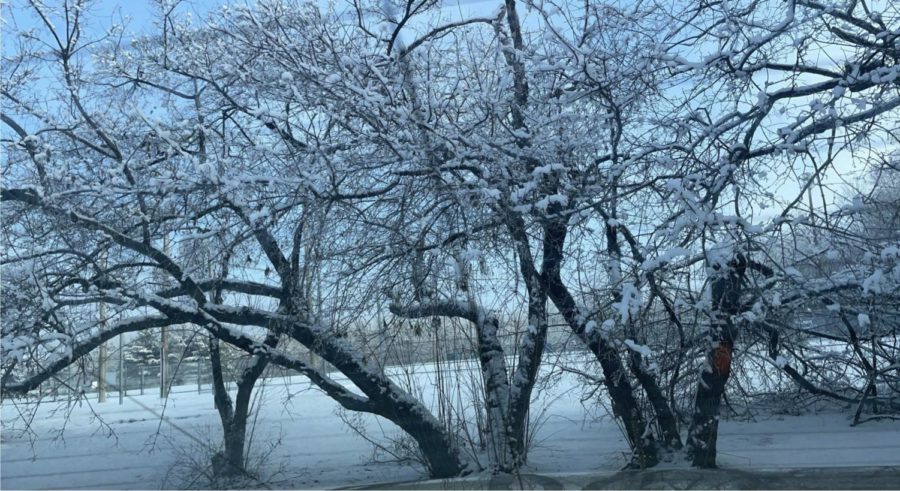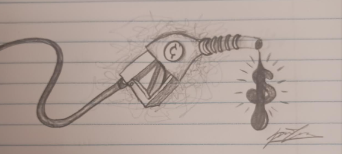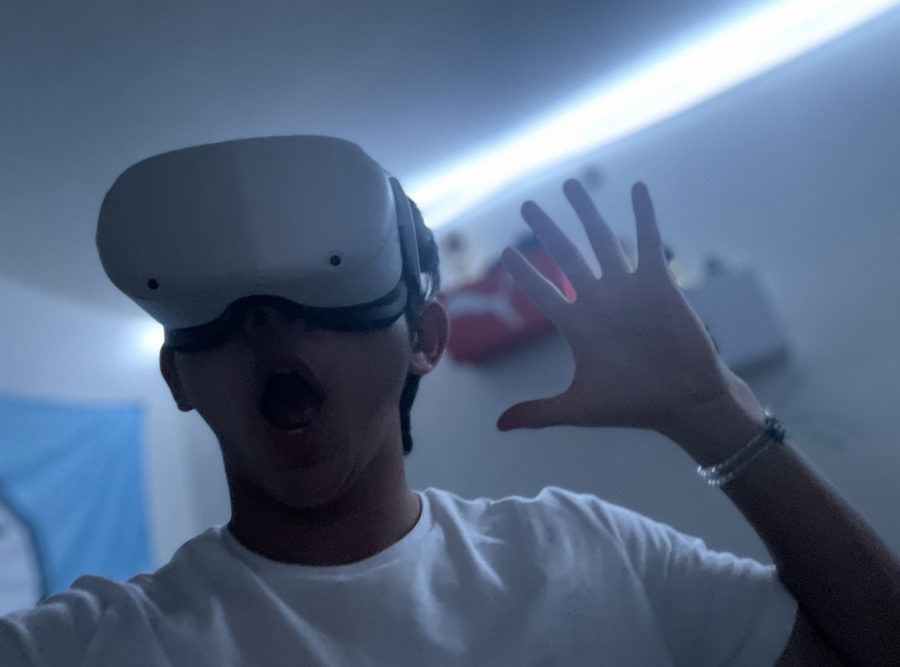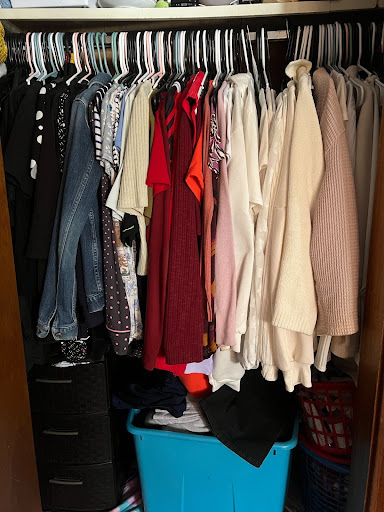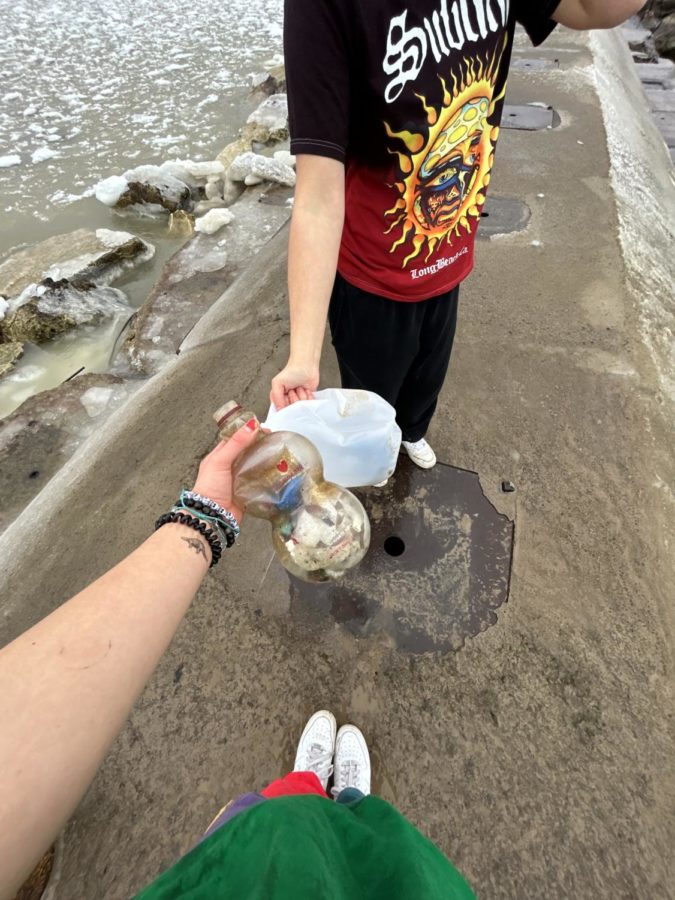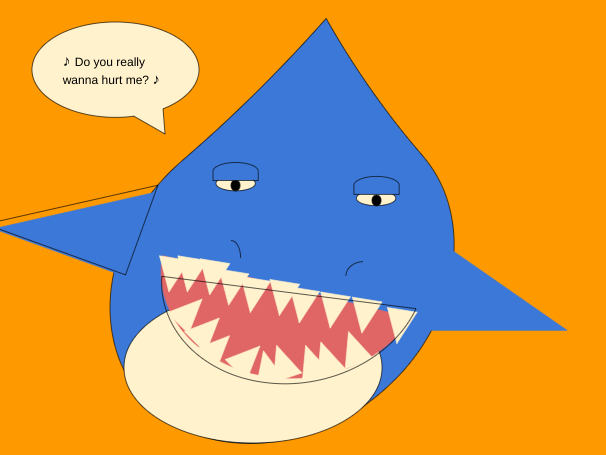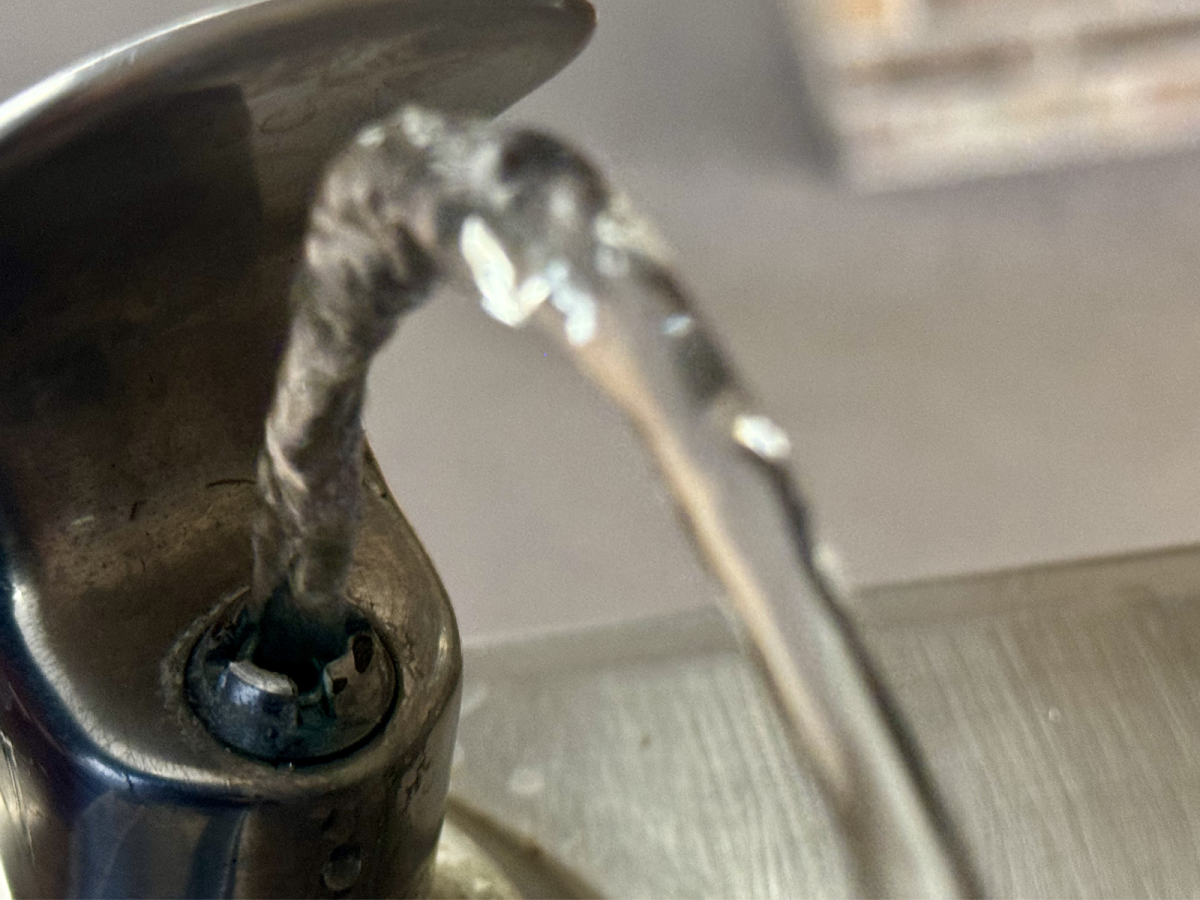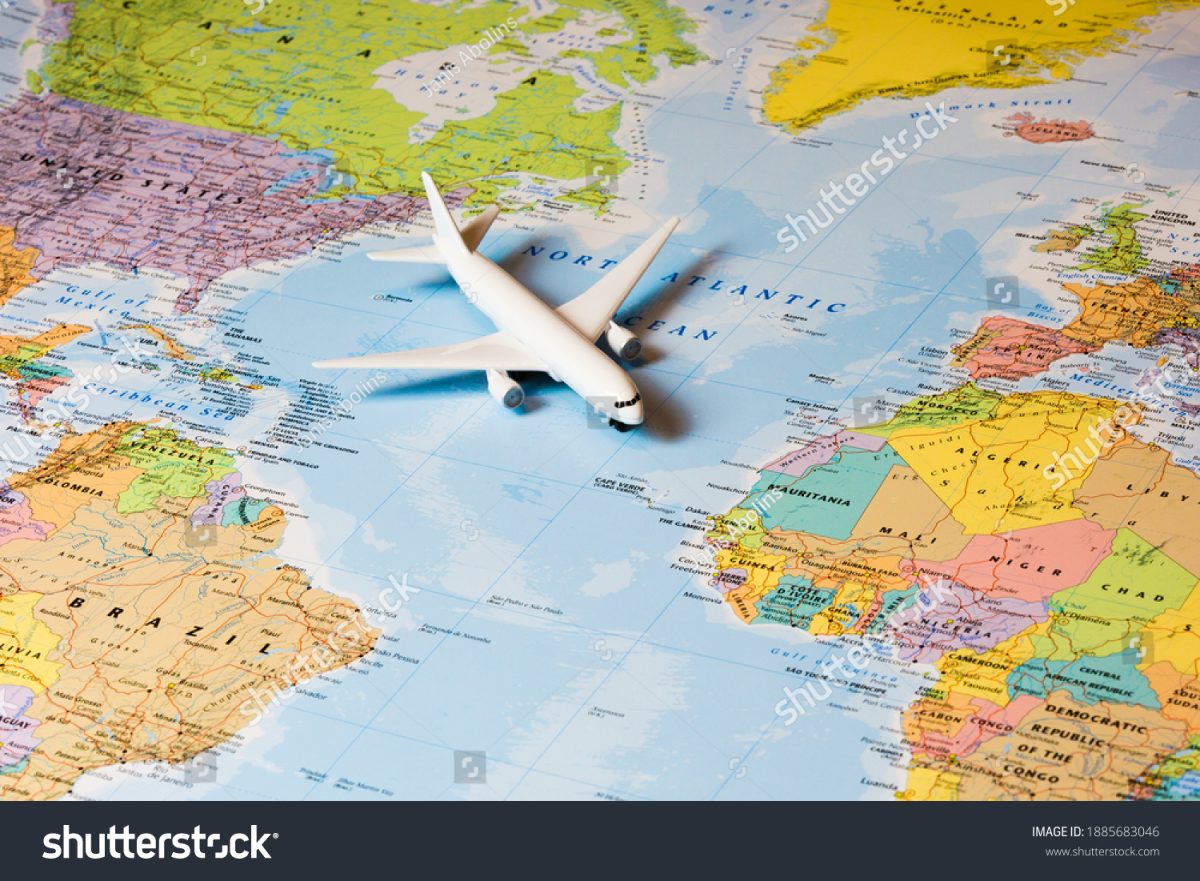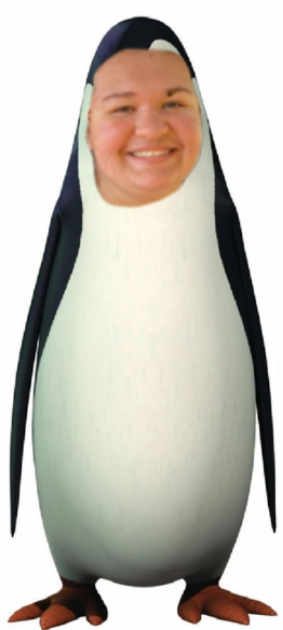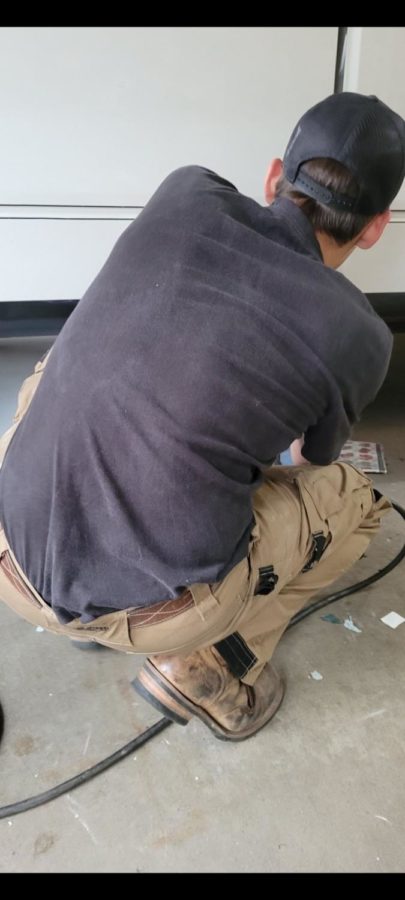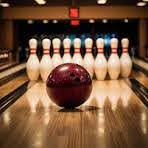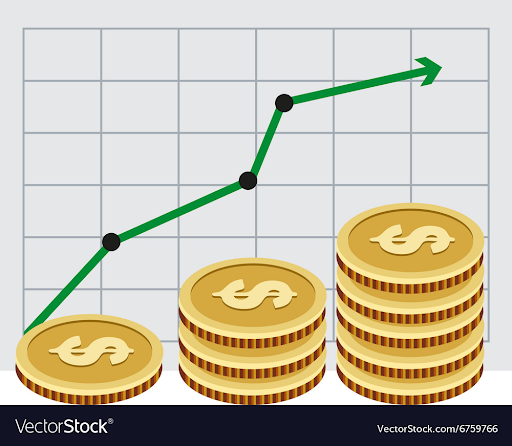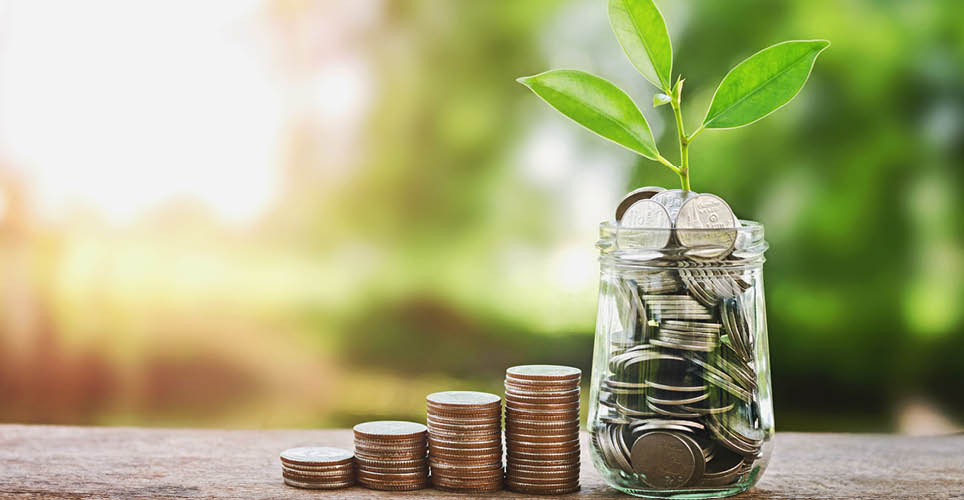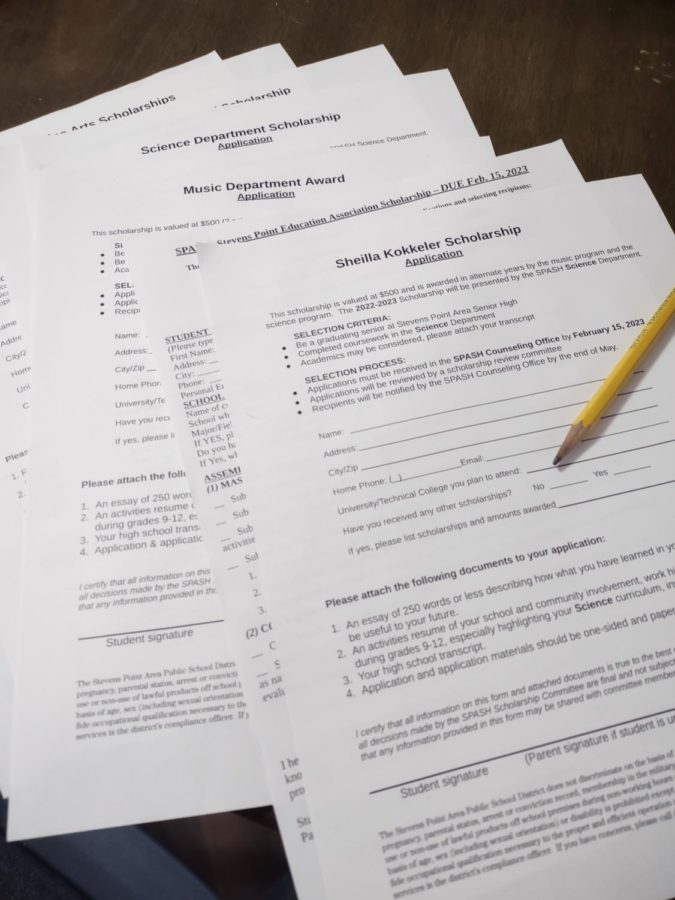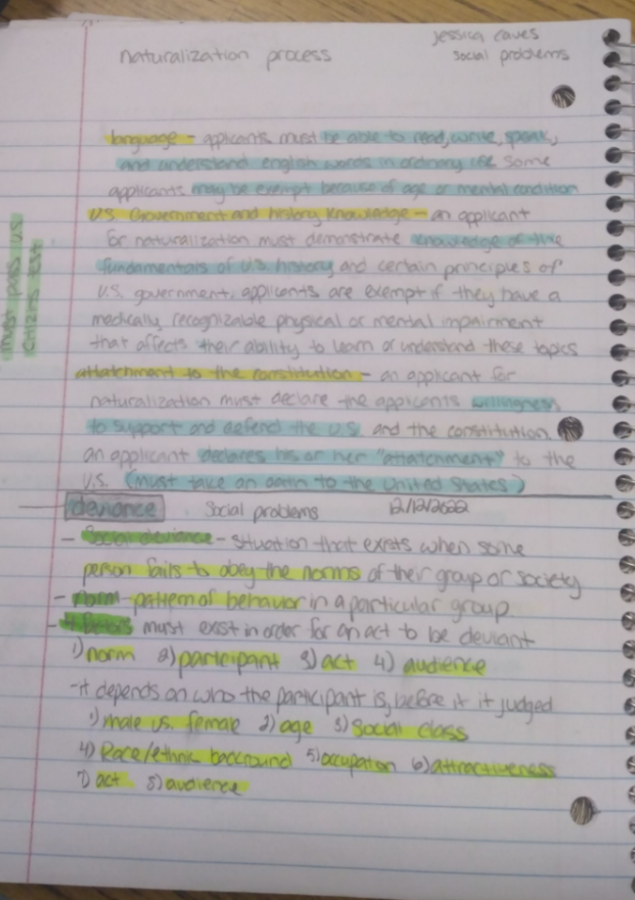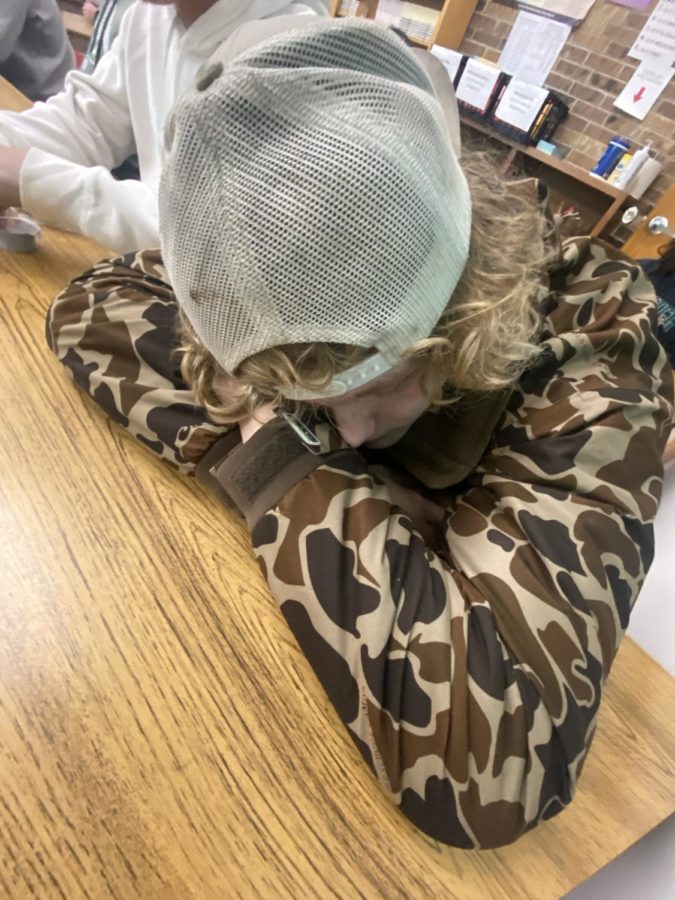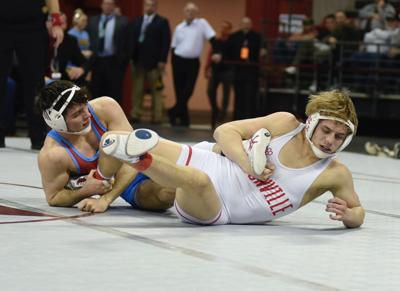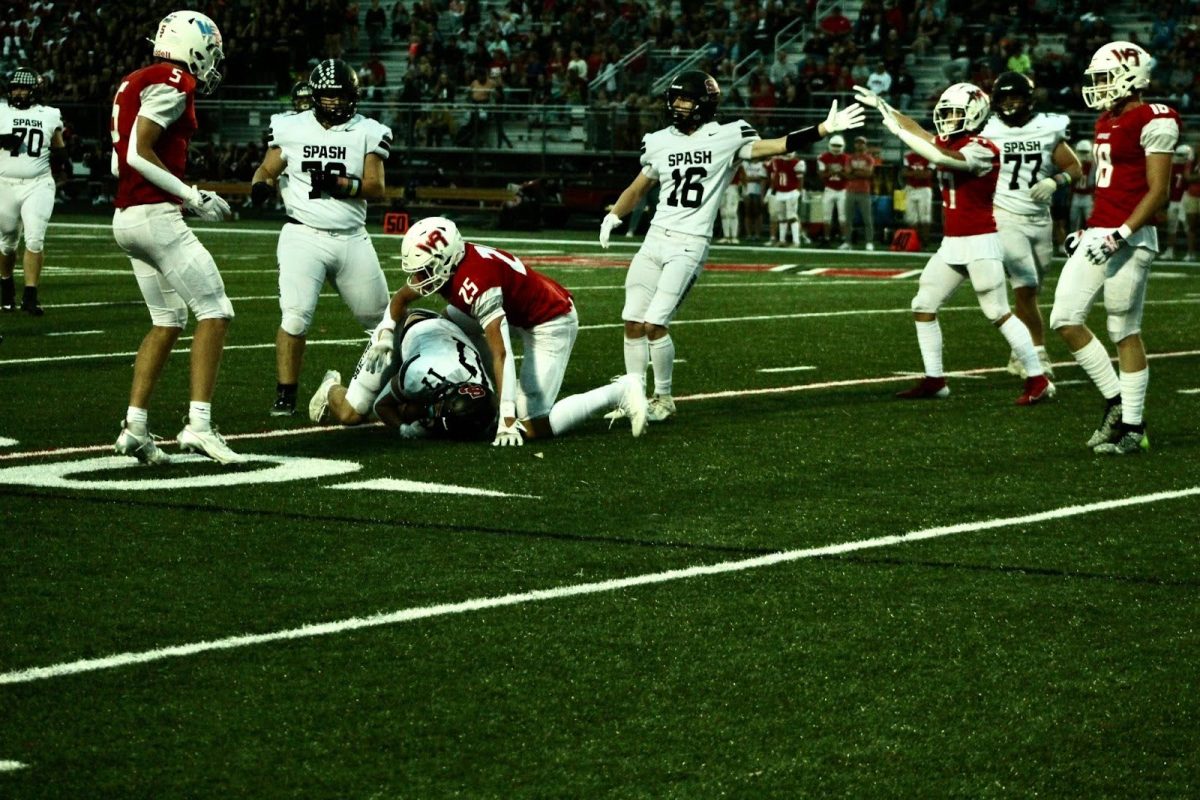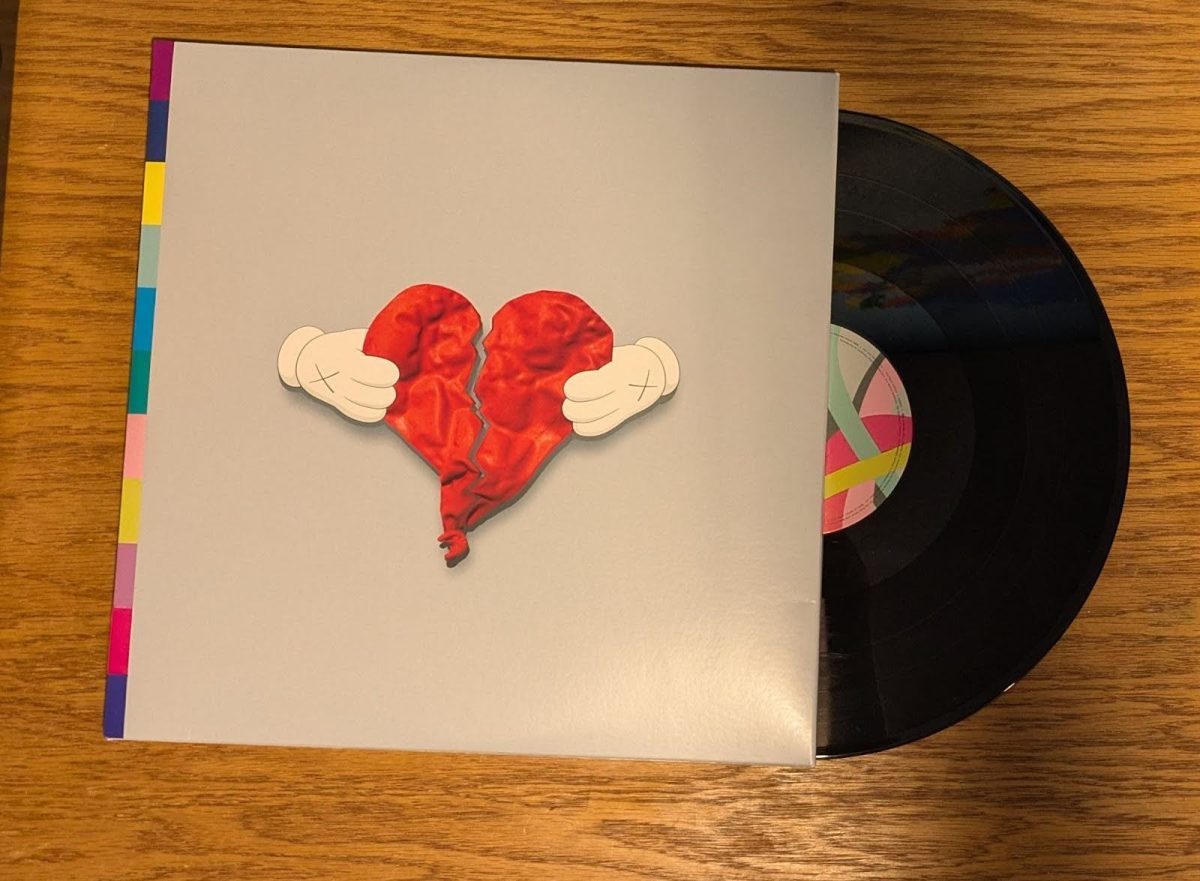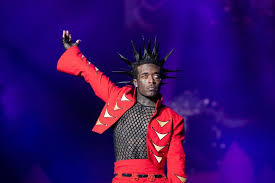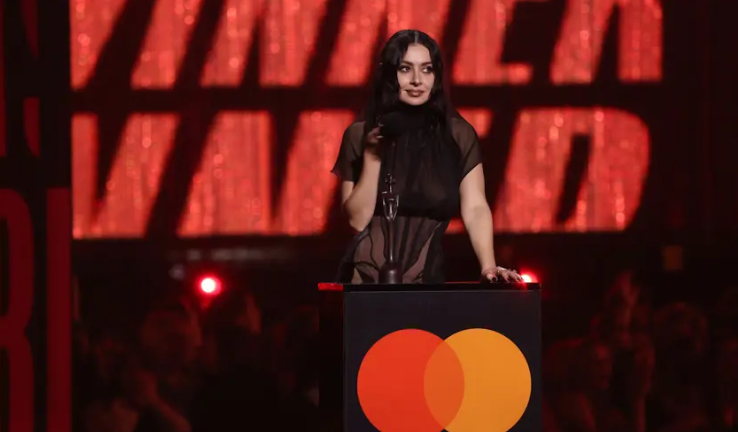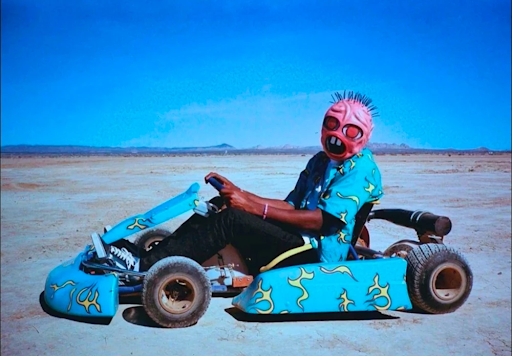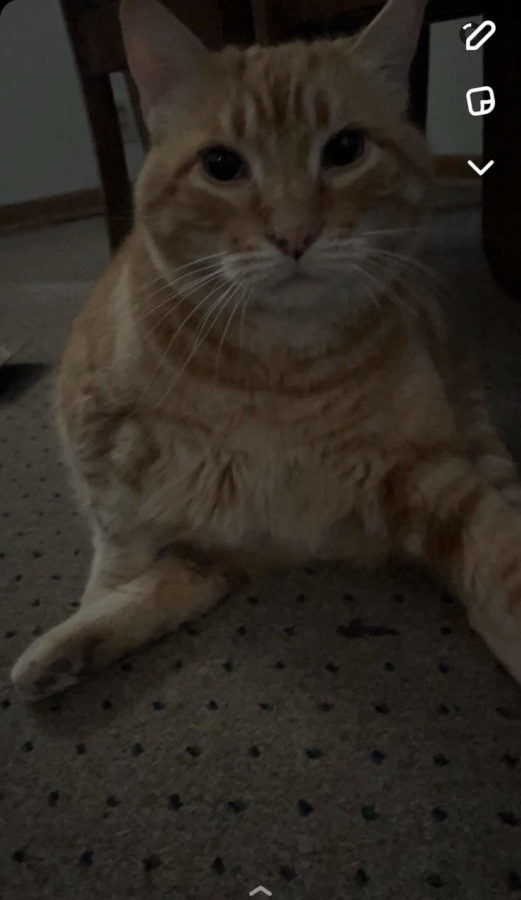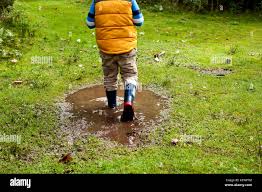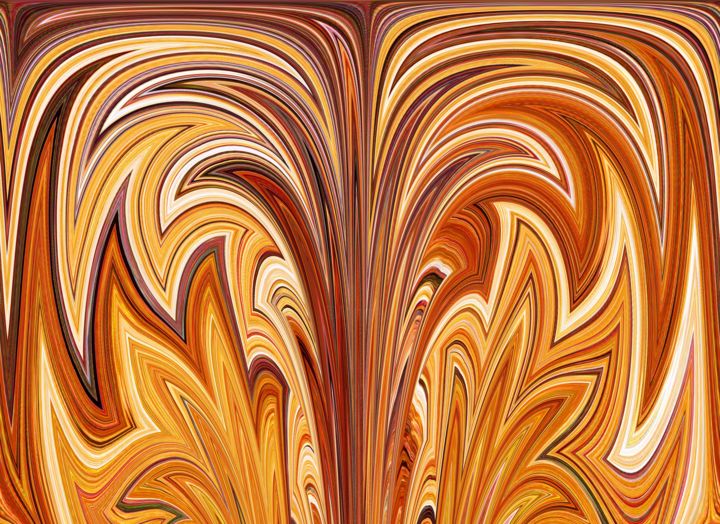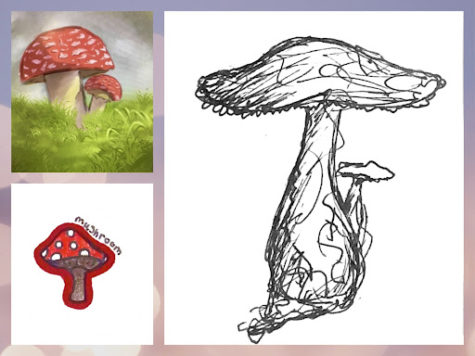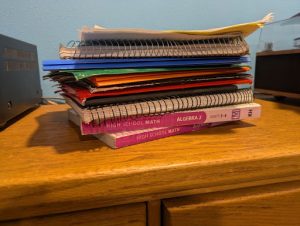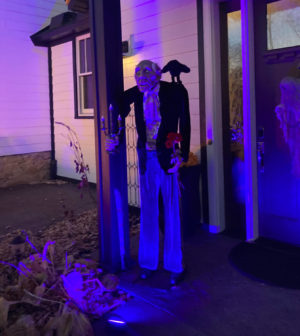A Beginners Guide to Finding Your Artstyle
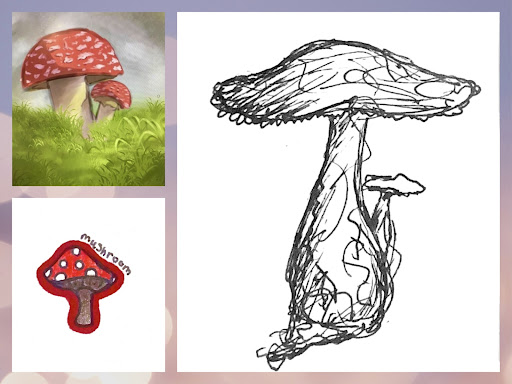
This collage exhibits different art styles used by SPASH students to draw a mushroom. This depicts the different techniques and mediums that range in art, from digital drawing in the top left corner to minimalistic line drawing in the right.
January 26, 2022
For centuries, people have used various forms of art as a way to engage with creativity and illustrate their connection to the world around them. Art can serve as a window to the human experience, thus regarded with significance in many cultures. In modern times, art has evolved to be as immersive or as one-dimensional as the artist desires. Moreover, art can emerge from anything or anyone. Disregarding social constructs, such as beauty and order, spectators are free to interpret art pieces with their own way of thinking. As a beginner artist, one might be overwhelmed with the variety of mediums, styles, and color palettes to choose from. So where can someone begin to create, inspire and connect through art? With the help of a diverse group of artists, ranging from a local amateur to international artists, this simple guide has been computed to help anyone interested, start their journey in developing a personal art style.
Gather Inspiration
Developing your own art style is a process, just like mastering any other skill, the right characteristics of your technique will require diligence and a lot of experimenting. One of the first steps you can take to begin is gathering inspiration. By doing so you can notice the specific characteristics you like from other artists to redesign into your own work. To clarify, this does not include copying or plagiarizing work from other artists, but seeing how someone else fabricates their work can be of great help to spark your own ideas. Maybe you find a way of shading that you would like to use in the future, or there is a different medium that grabs your attention and want to explore. Take this in consideration if you do not know when to start.
Be open minded
Creating art can be a scary new experience for some. But what many do not realize is the potential that resides in commitment. Nobody is born an artist, just like nobody is born an athlete or musician, therefore giving yourself the opportunity to make mistakes is essential for starting an artist. When going through inspiration, do not hold the same expectations to your own art, this can be unrealistic and disappointing if you are just starting out. As the famous American Artist and television show host, Bob Ross reminds people in his timeless works, “We don’t make mistakes, just happy little accidents”. This emphasizes that every new experience is an opportunity to grow, and never a pointless moment.
Practice, practice practice
Another concept that will be essential in bettering your strategy will be to practice consistently. Referring back to the concept of diligence, practicing as much as possible is beneficial to learning and creating along the way. Just like any other skill, practice will make the most evident progress in your work. Any practice, no matter how big or small, how complex or simple is a step forward to feeling comfortable in your art form.
Create what you enjoy
While the result might be important to you, forcing your art can make the whole experience unenjoyable. Using art as a form of expression can help ideas flow more freely and help keep your mind open to trying new things. As Andrea Pena, a Salvadoran artist who is currently expanding her art career in Paris, explains: “I created my style by identifying what stood out to me and what exactly I enjoy drawing.”
Artists will experience art in many forms, the important thing is that we use it to bring us joy. Society is often diverted into having a one dimensional view on what art is, claiming it needs to be beautiful and realistic. As a starting artist, it is important to remember that art is messy, versatile and crazy. Not every masterpiece needs to be an orderly portrait of beauty. Starting out your art journey might help you realize this applies to other things in life. No matter where you are starting out, implementing some of these skills and tips to your work can help with making the art experience more enjoyable and original.




